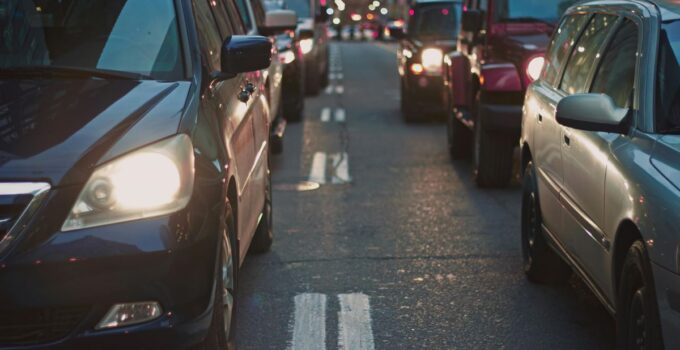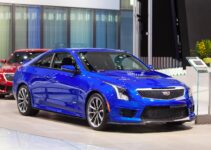Your car insurance premium isn’t just about your driving record—it’s heavily influenced by where you live. So, how does your zip code affect your car insurance costs, and what can you do about it?
1. High Population Density Equals Higher Premiums

Image Credit: Shutterstock / Drozd Irina
If you live in a densely populated city, expect higher insurance premiums. States like California, New York, and Illinois, with their major urban centers, see some of the highest premiums due to the increased risk of accidents in busy traffic. The Insurance Information Institute reports that drivers in these states pay 20% to 30% more on average compared to rural areas.
2. Rural Areas Mean Lower Costs
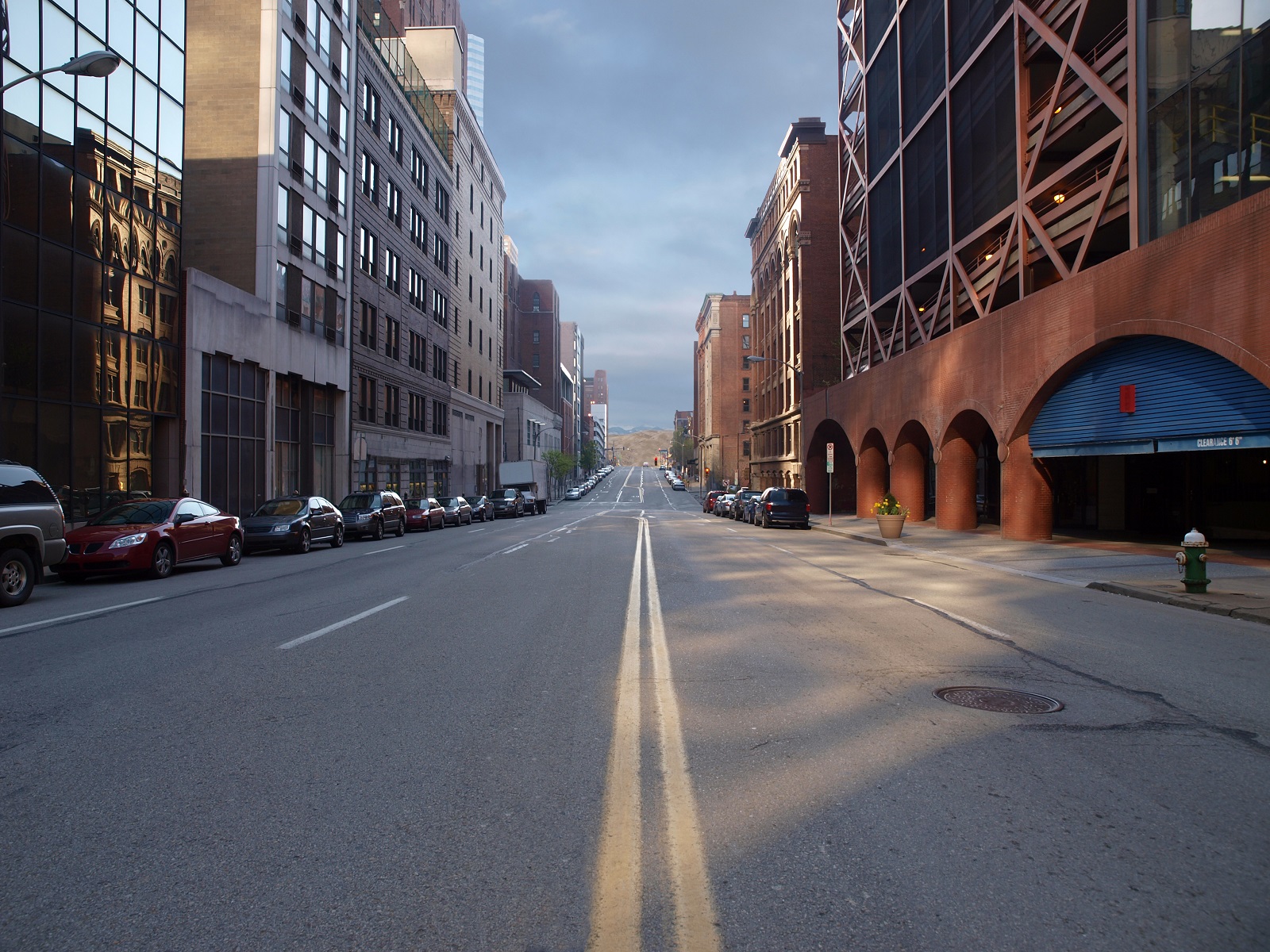
Image Credit: Shutterstock / trekandshoot
On the flip side, living in a rural area generally means lower car insurance premiums. States like Wyoming, Montana, and North Dakota have fewer cars on the road, leading to fewer accidents and lower risk overall. According to a study by the National Association of Insurance Commissioners, rural drivers can pay up to 40% less than their urban counterparts.
3. Crime Rates Drive Up Premiums in High-Risk States

Image Credit: Shutterstock / fongbeerredhot
Crime is a big factor when determining your premium. States with high car theft rates, like Michigan, New Mexico, and Nevada, see much higher premiums. The FBI’s Uniform Crime Reporting data shows that Michigan had over 30,000 vehicle thefts in 2022, making it one of the costliest states for car insurance.
4. Coastal States Pay for Weather Risks
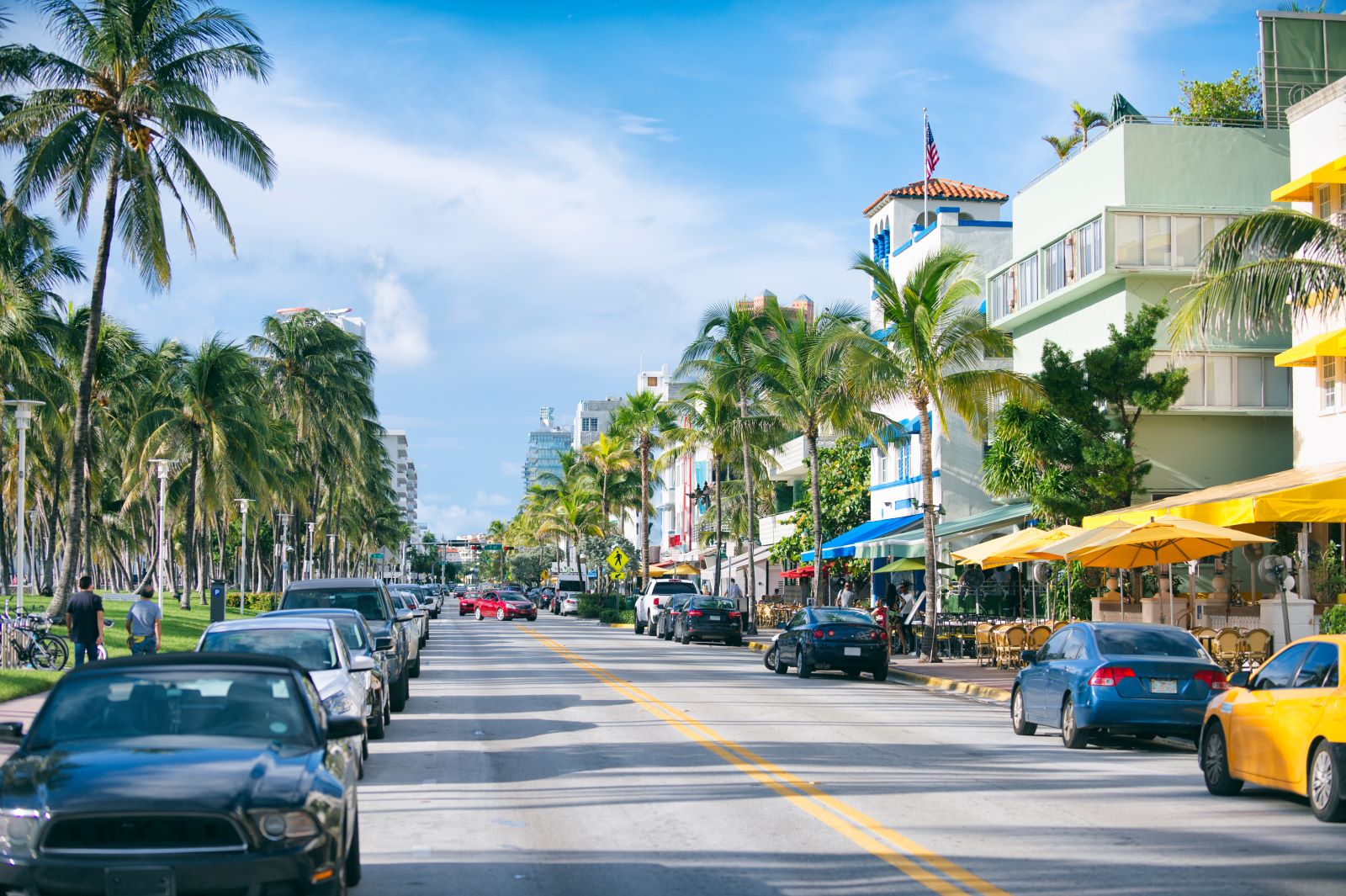
Image Credit: Shutterstock / lazyllama
If you live near the coast, you’re paying more for insurance due to the increased risk of natural disasters. States like Florida, Louisiana, and Texas experience frequent hurricanes and flooding, which drive up repair costs. According to FEMA, these states see some of the highest insurance premiums due to the billions in damage caused by natural disasters each year.
5. Midwest States Have Moderate Premiums
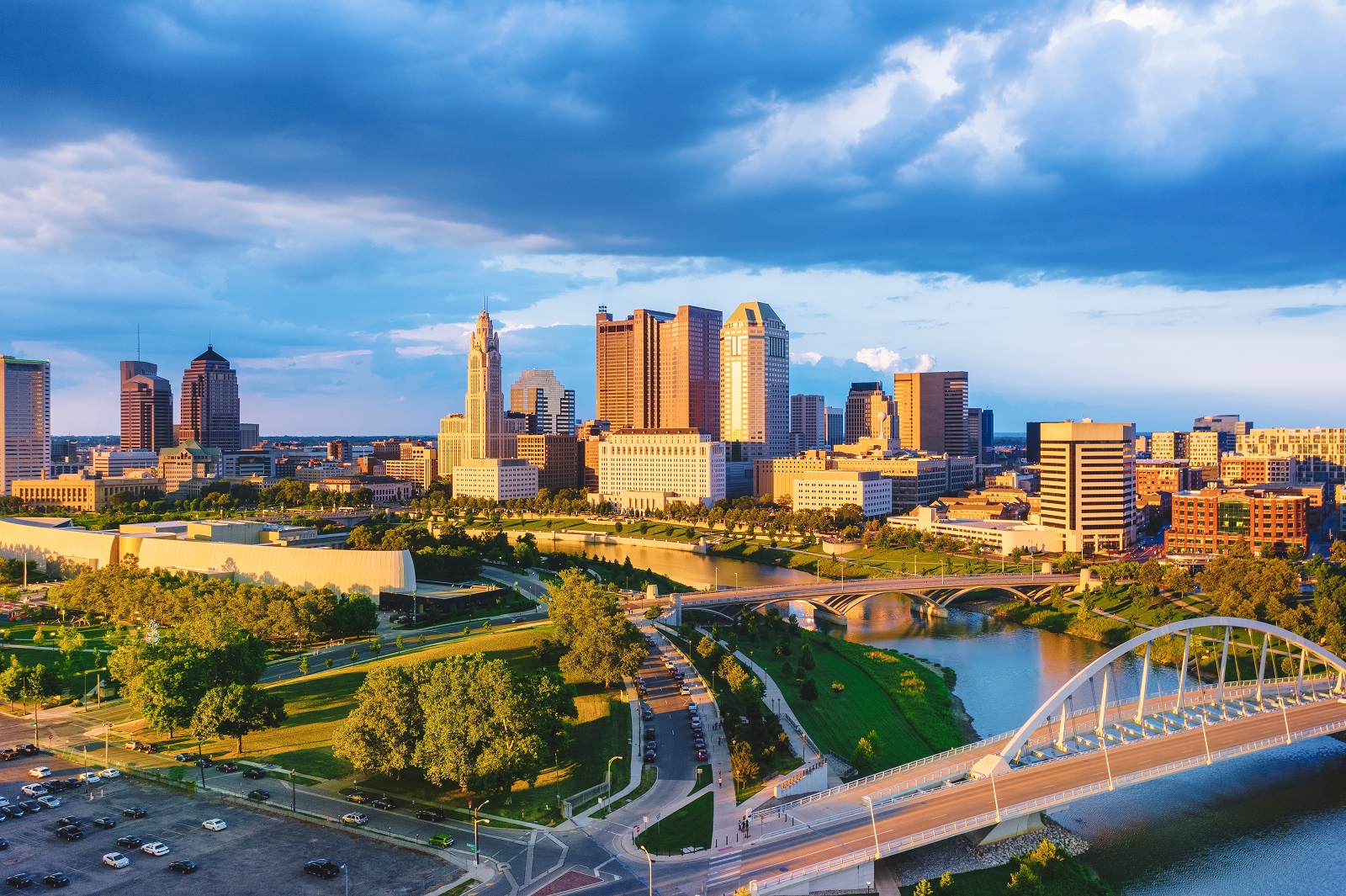
Image Credit: Shutterstock / Agnieszka Gaul
Midwest states like Ohio, Indiana, and Wisconsin tend to have more moderate insurance premiums. While these states experience their share of harsh weather, they benefit from lower traffic density and relatively low crime rates. The Insurance Information Institute notes that drivers in these states pay around the national average for car insurance.
6. No-Fault States Equal Higher Costs
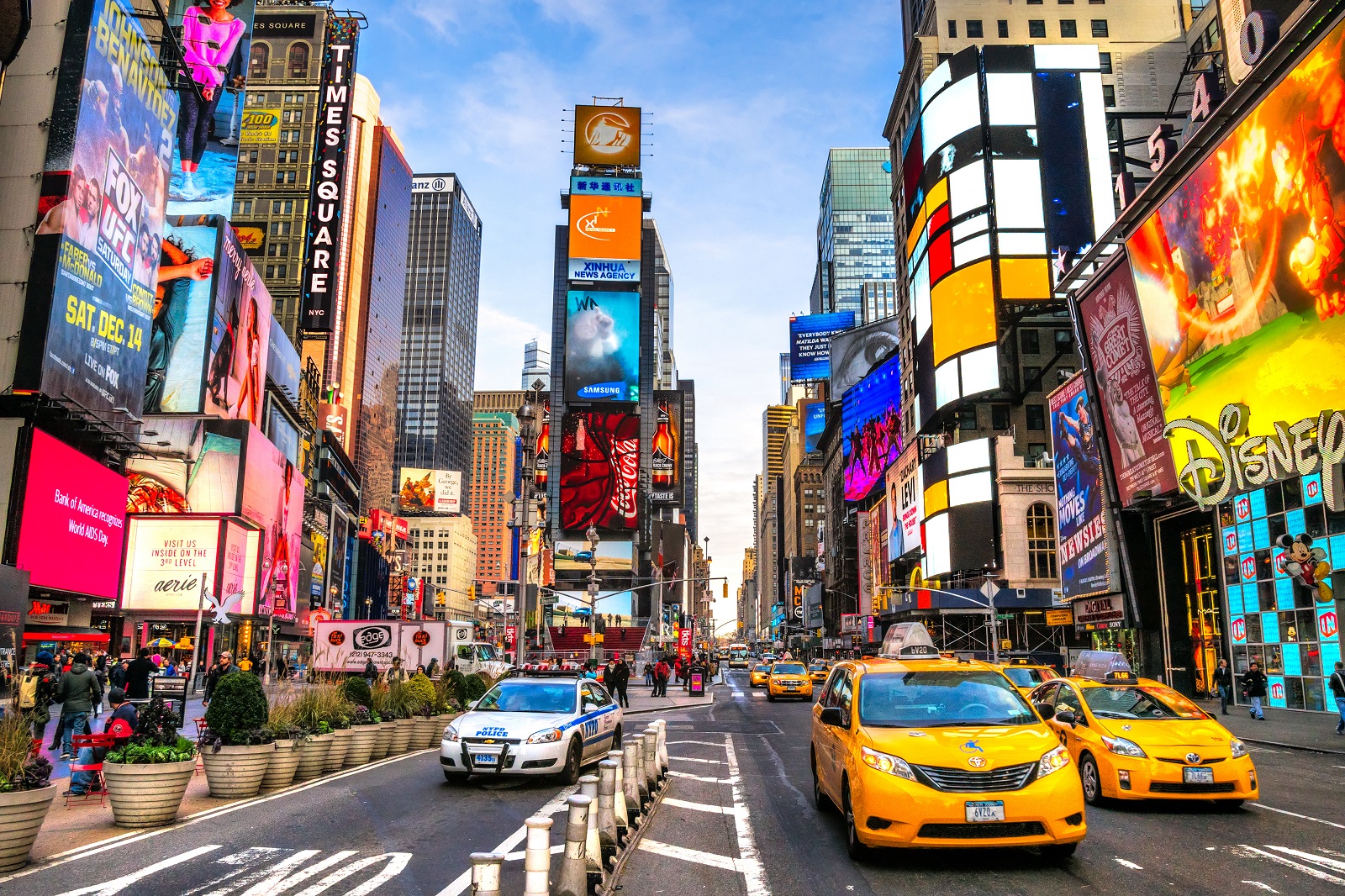
Image Credit: Shutterstock / Luciano Mortula – LGM
If you live in a no-fault insurance state, be prepared for higher premiums. States like Michigan, Florida, and New York require insurers to cover medical expenses regardless of who caused the accident. This system often leads to higher costs; for example, Michigan has some of the highest premiums in the country, with drivers paying nearly double the national average.
7. States with Tort Systems Offer Lower Premiums

Image Credit: Shutterstock / Kevin Ruck
In contrast, states that use a tort system, where the at-fault driver’s insurance pays for damages, generally have lower premiums. States like Virginia, North Carolina, and Tennessee benefit from this system, which keeps costs down by limiting how much insurers have to pay out. Drivers in these states enjoy some of the lowest average premiums in the nation.
8. Urban vs. Suburban: Location Matters
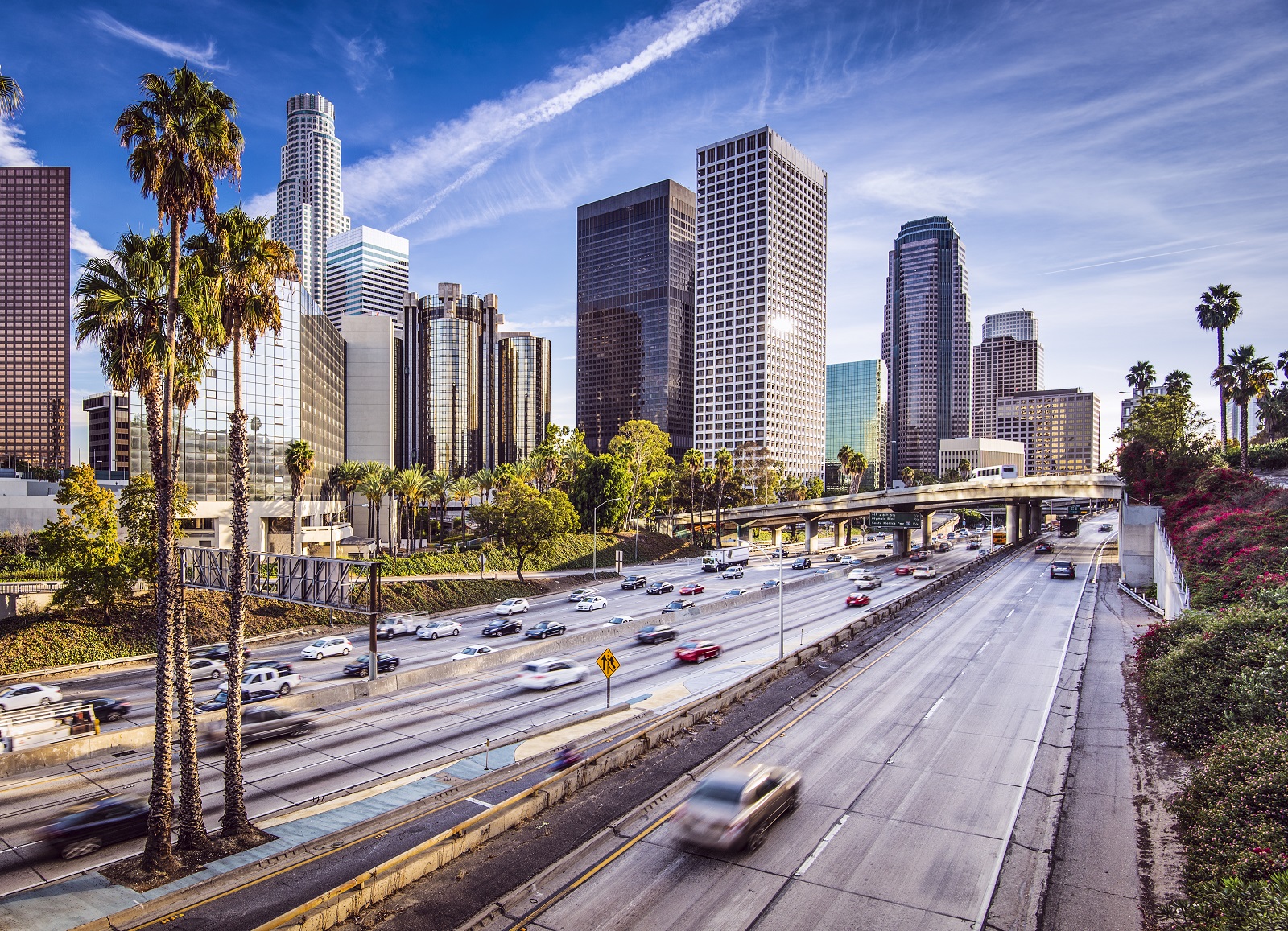
Image Credit: Shutterstock / Sean Pavone
Even within the same state, living in a city versus a suburb can significantly impact your premiums. Suburban areas in states like California, Illinois, and Texas often have lower premiums compared to their urban centers due to reduced traffic congestion and lower crime rates. For example, drivers in suburban areas of Dallas pay 15% to 25% less than those in the city center.
9. States with Strict Insurance Regulations See Higher Costs
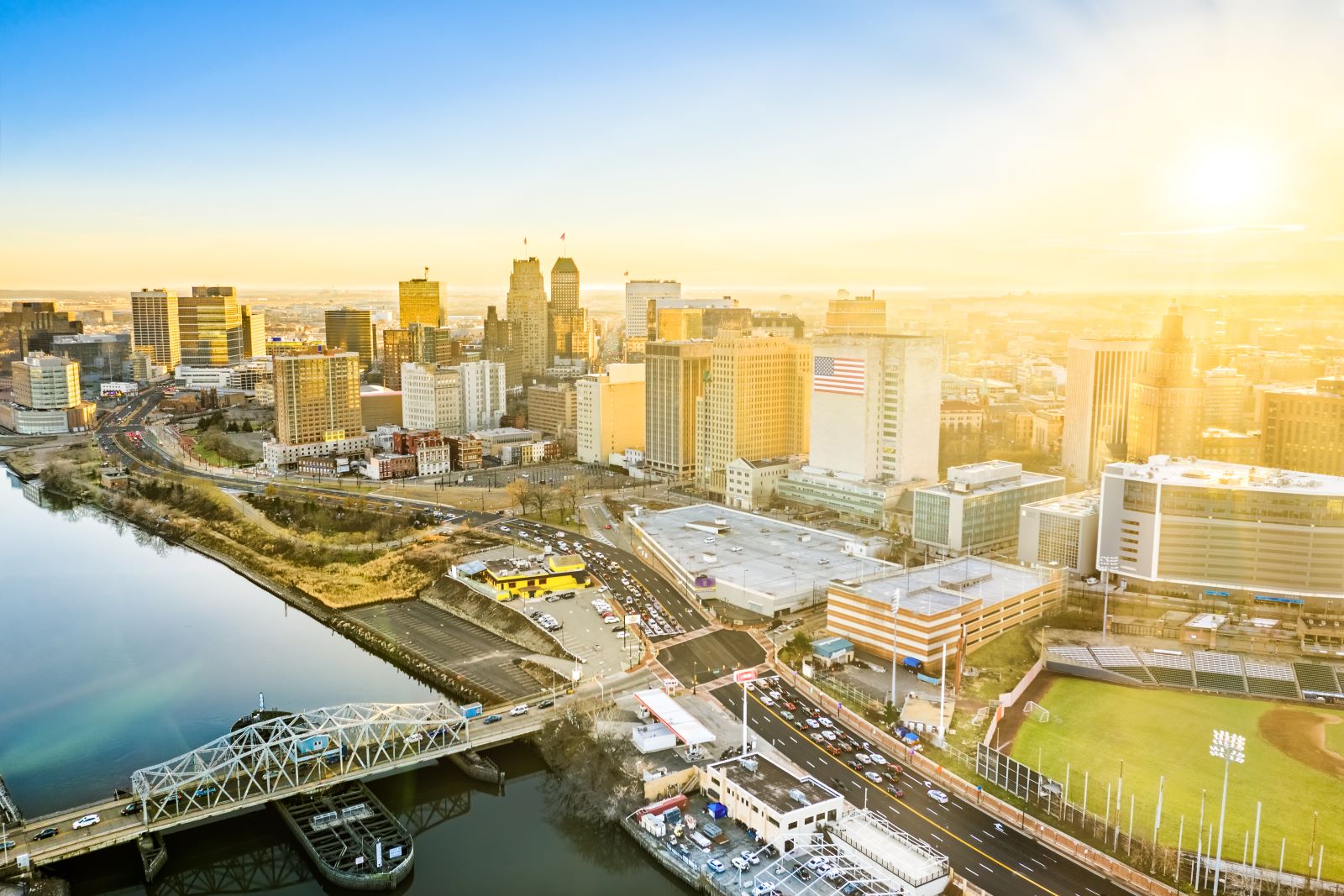
Image Credit: Shutterstock / Mihai_Andritoiu
States with stricter insurance regulations, like California and New Jersey, tend to have higher premiums. These regulations, while designed to protect consumers, often increase costs for insurers, who then pass those costs on to drivers. California’s Proposition 103, which regulates auto insurance rates, has led to higher costs in some cases despite its consumer protections.
10. Lower-Risk States Benefit from Fewer Claims
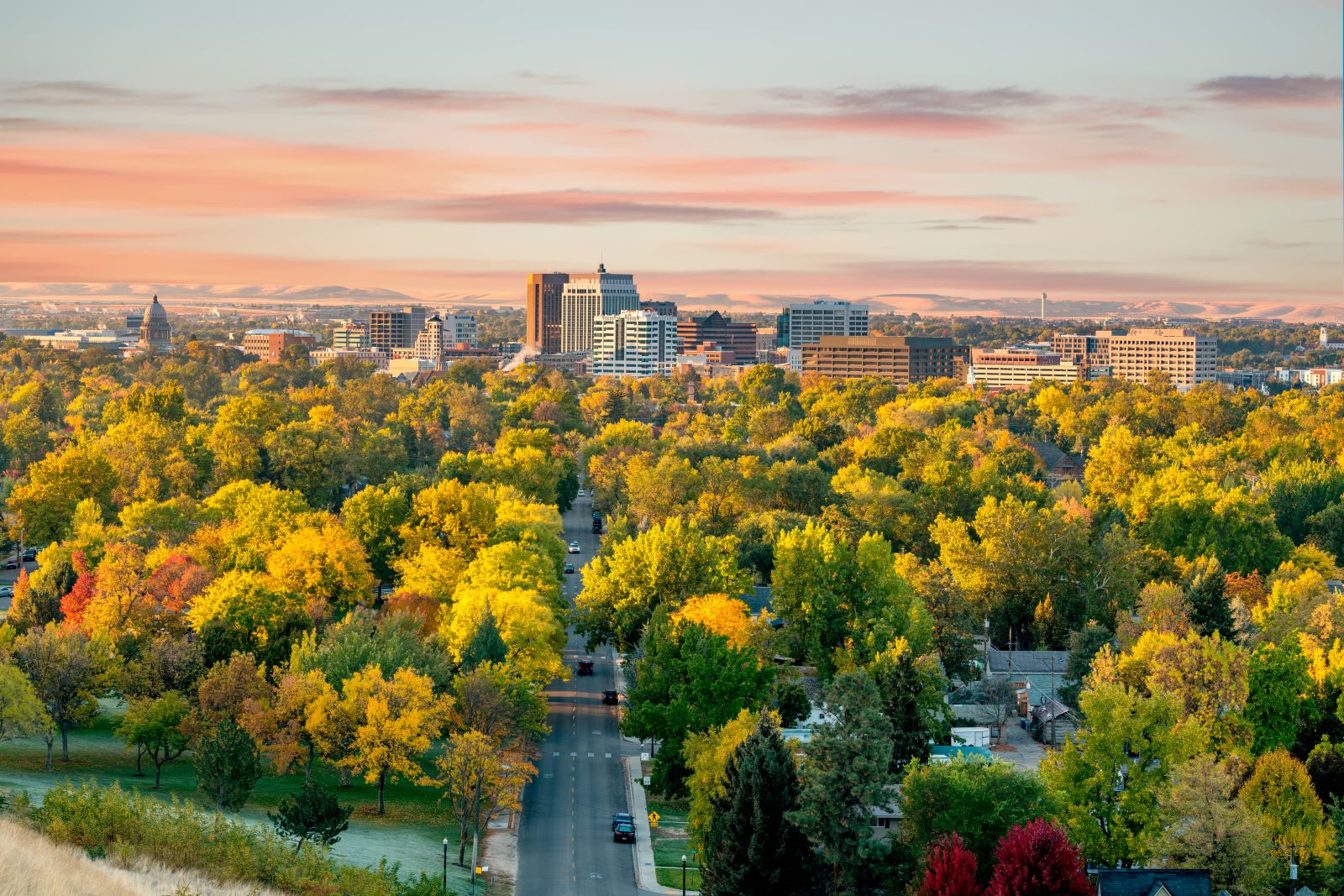
Image Credit: Shutterstock / Charles Knowles
States with fewer claims overall tend to have lower premiums. States like Maine, Vermont, and Idaho see fewer accidents and thefts, leading to fewer claims and, consequently, lower insurance rates. According to the National Association of Insurance Commissioners, drivers in Maine enjoy some of the lowest premiums in the country.
11. State Minimum Coverage Requirements Influence Costs
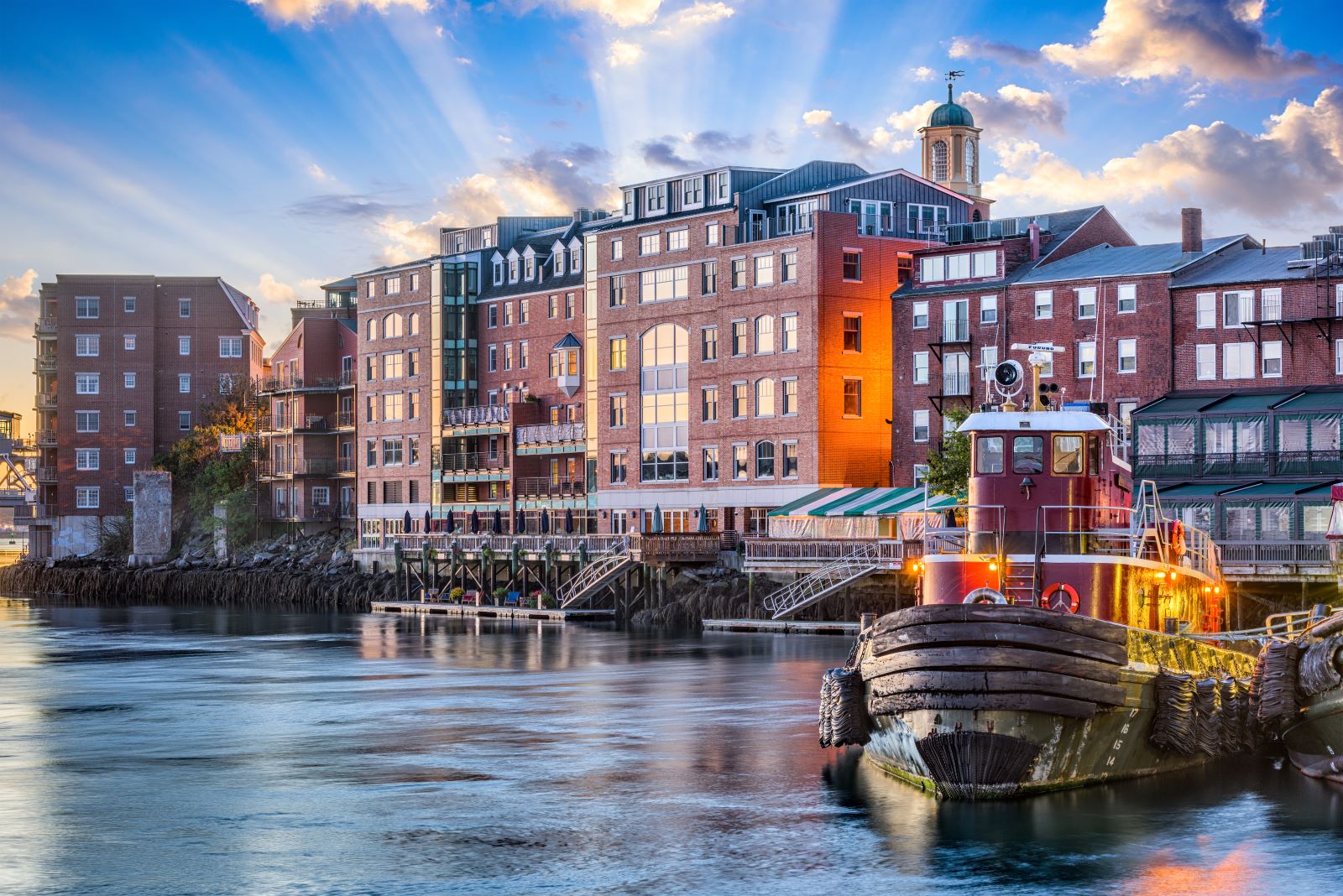
Image Credit: Shutterstock / Sean Pavone
Each state sets its own minimum coverage requirements, which can significantly impact your insurance costs. States like New Hampshire, where car insurance isn’t even required, see much lower premiums than states with high minimum requirements, like New York and California. Drivers in states with lower minimum coverage requirements can save hundreds of dollars a year on their premiums.
12. High Litigation States Mean Higher Premiums
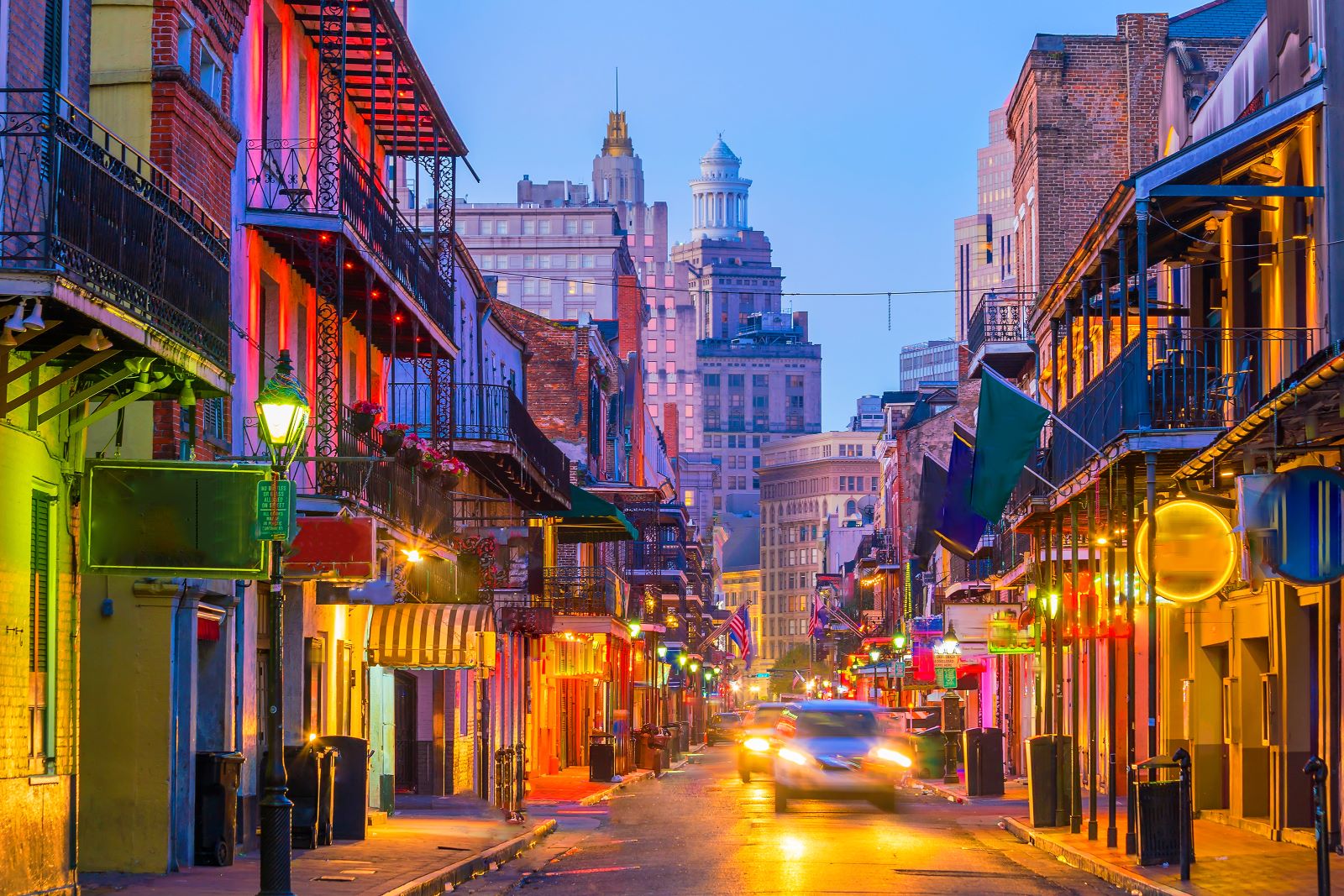
Image Credit: Shutterstock / f11photo
In states with a high rate of lawsuits related to car accidents, premiums tend to be higher. States like Louisiana, Kentucky, and Florida, which have high rates of personal injury lawsuits, see much higher premiums as insurers pass the cost of litigation on to consumers. Louisiana, in particular, has some of the highest insurance rates in the nation due to its high litigation costs.
13. Weather Isn’t the Only Natural Risk: States with High Wildlife Collisions
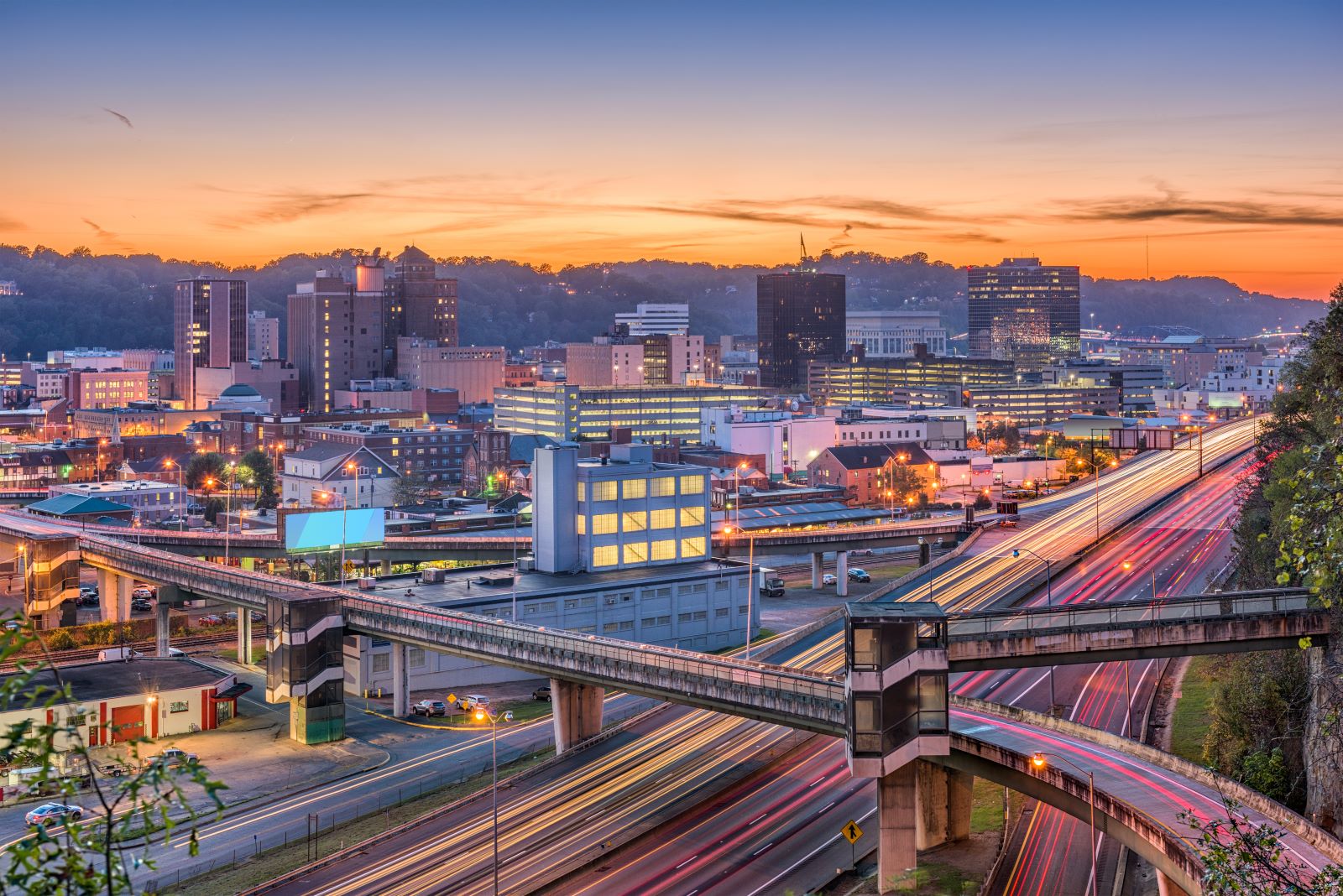
Image Credit: Shutterstock / Sean Pavone
In states like Pennsylvania, West Virginia, and Montana, wildlife collisions are a significant concern, leading to higher premiums. Deer-related accidents, especially during the fall, are a common cause of insurance claims in these states. According to the Insurance Institute for Highway Safety, West Virginia drivers have a 1 in 37 chance of hitting a deer, which raises their insurance costs.
14. Uninsured Drivers Increase Premiums for Everyone

Image Credit: Shutterstock / Felix Mizioznikov
In states with high rates of uninsured drivers, insured drivers end up paying more. States like Mississippi, New Mexico, and Florida have some of the highest rates of uninsured drivers, with over 20% of motorists lacking coverage. This forces insurers to raise premiums to cover the risk of uninsured accidents, making everyone’s insurance more expensive.
15. High Healthcare Costs Lead to Higher Premiums

Image Credit: Shutterstock / D’Action Images
Healthcare costs vary widely by state, and this impacts your car insurance premiums. States like New York, California, and New Jersey, where healthcare costs are high, see higher premiums because insurers have to cover the cost of medical care after accidents. The National Association of Insurance Commissioners notes that medical costs account for a significant portion of premium calculations.
16. States with Fewer Insurers See Less Competition
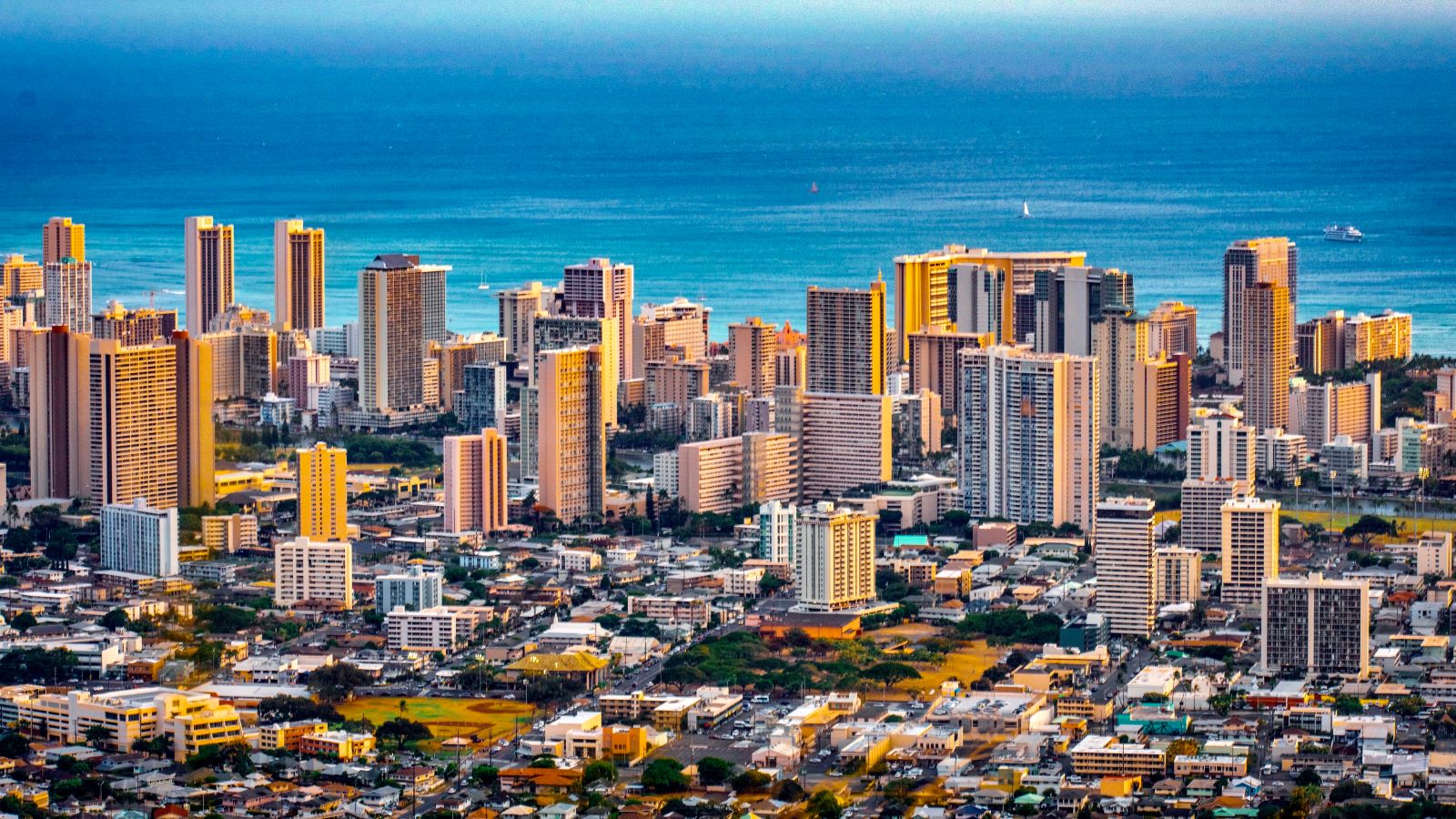
Image Credit: Shutterstock / Hulabear
States with fewer insurance providers tend to have higher premiums due to reduced competition. In states like Alaska, Wyoming, and Hawaii, the limited number of insurers can result in higher prices since consumers have fewer options. Competition drives down prices in states like Ohio and Indiana, where many insurance companies operate, offering more competitive rates.
17. Age and Location Combined: The Perfect Storm for Higher Premiums
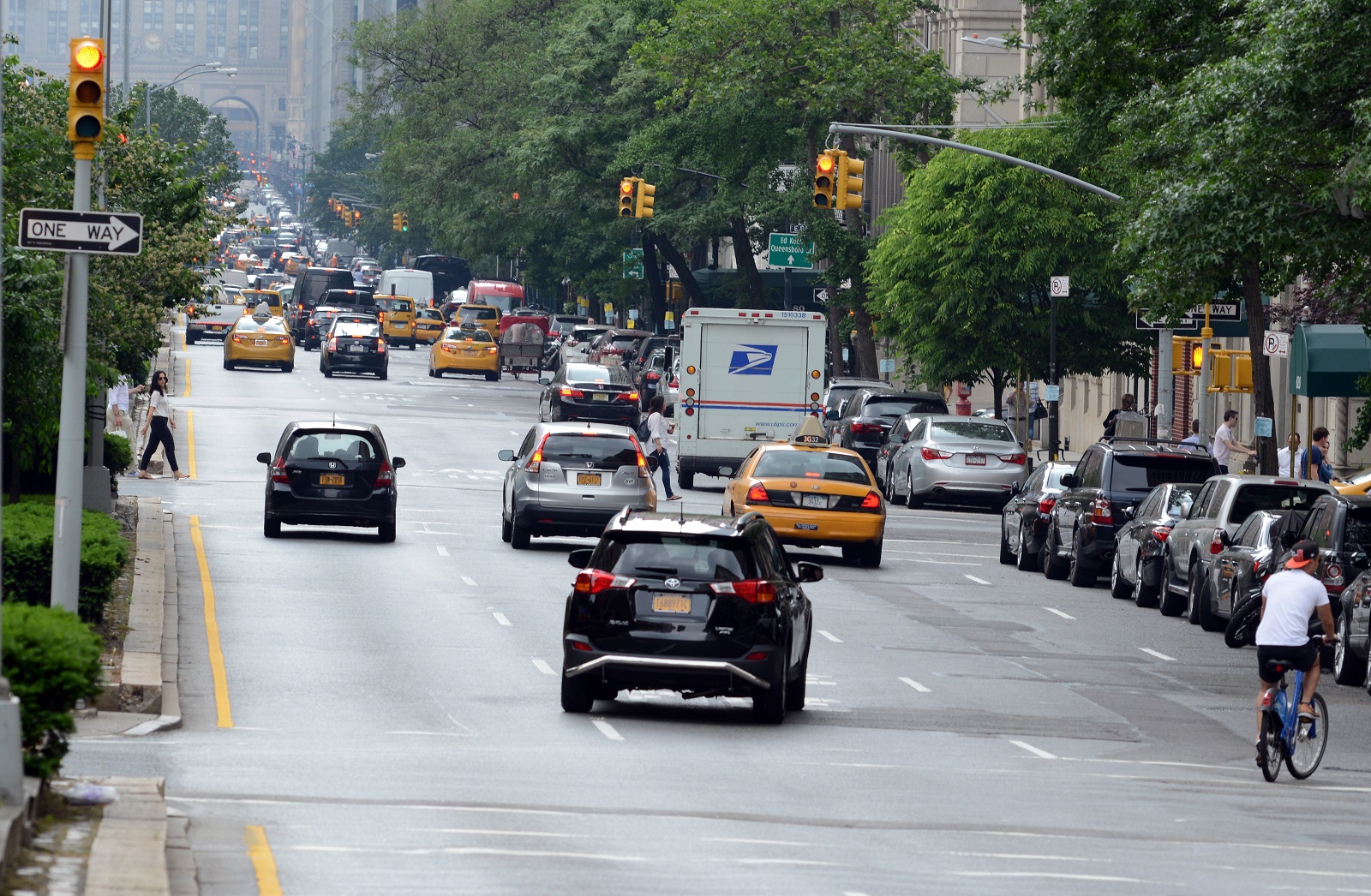
Image Credit: Shutterstock / nyker
Younger drivers already face higher premiums, but this can be even worse in certain states. In states like California and New York, where driving conditions are already challenging, young drivers often pay double what their peers in lower-risk states like Idaho and Maine pay. Age, combined with living in a high-risk area, can lead to extremely high premiums for young drivers.
18. Higher Fuel Costs Affect Insurance Premiums

Image Credit:Shutterstock / New Africa
Fuel costs can indirectly impact insurance premiums as well. In states where fuel prices are higher, such as California and Hawaii, drivers tend to put fewer miles on their cars, which can lower accident rates. However, insurers may adjust premiums based on the fact that drivers in these states often drive in congested urban areas, leading to higher accident risks despite lower mileage.
19. Traffic Congestion Equals Higher Risk
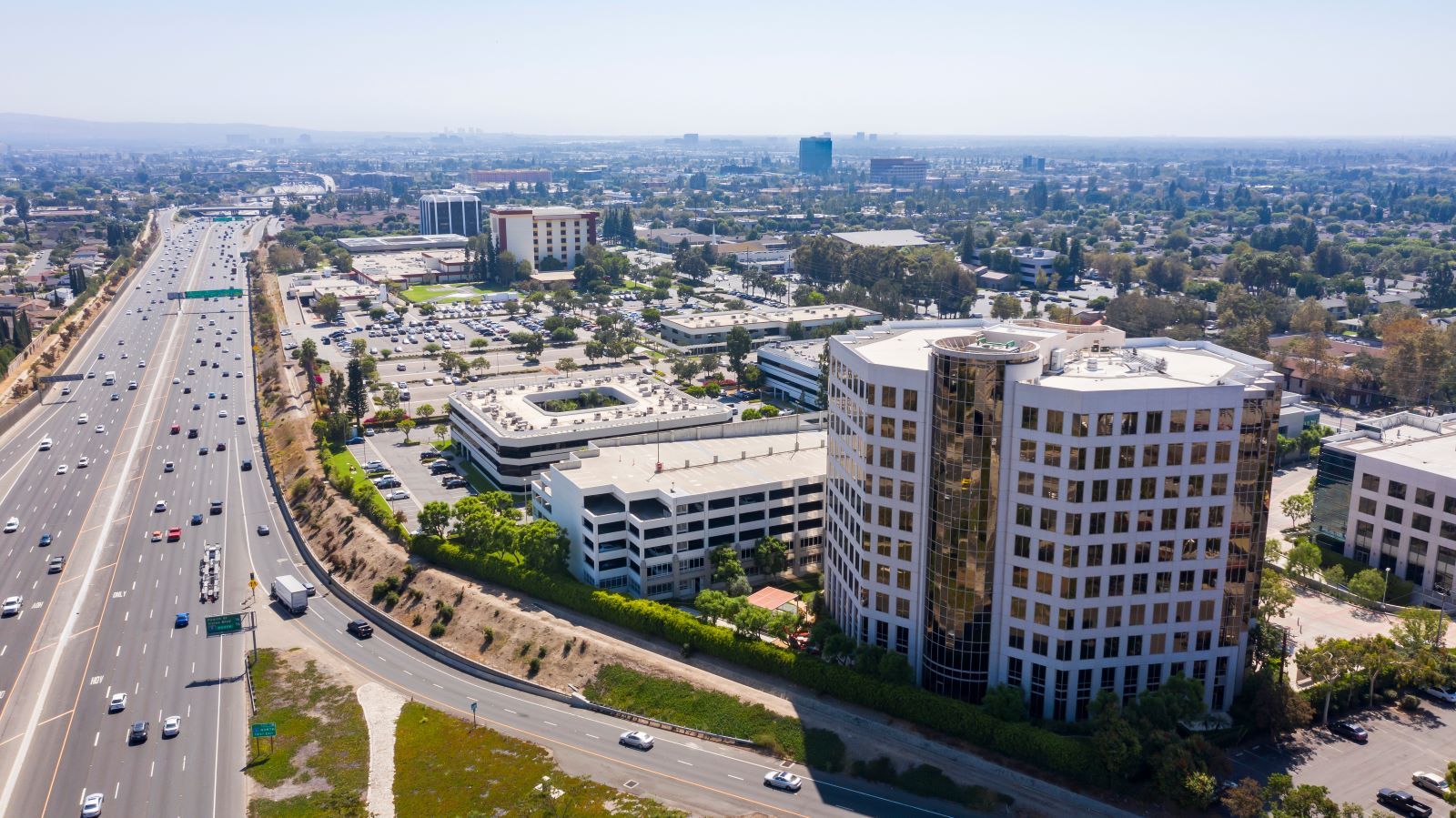
Image Credit: Shutterstock / Matt Gush
If you live in a state with significant traffic congestion, like California, New Jersey, or Maryland, your premiums will reflect the higher risk of accidents. According to the U.S. Department of Transportation, states with the worst traffic congestion see significantly higher accident rates, which in turn drives up insurance costs.
20. Zip Codes That Are Prone to Fraudulent Claims
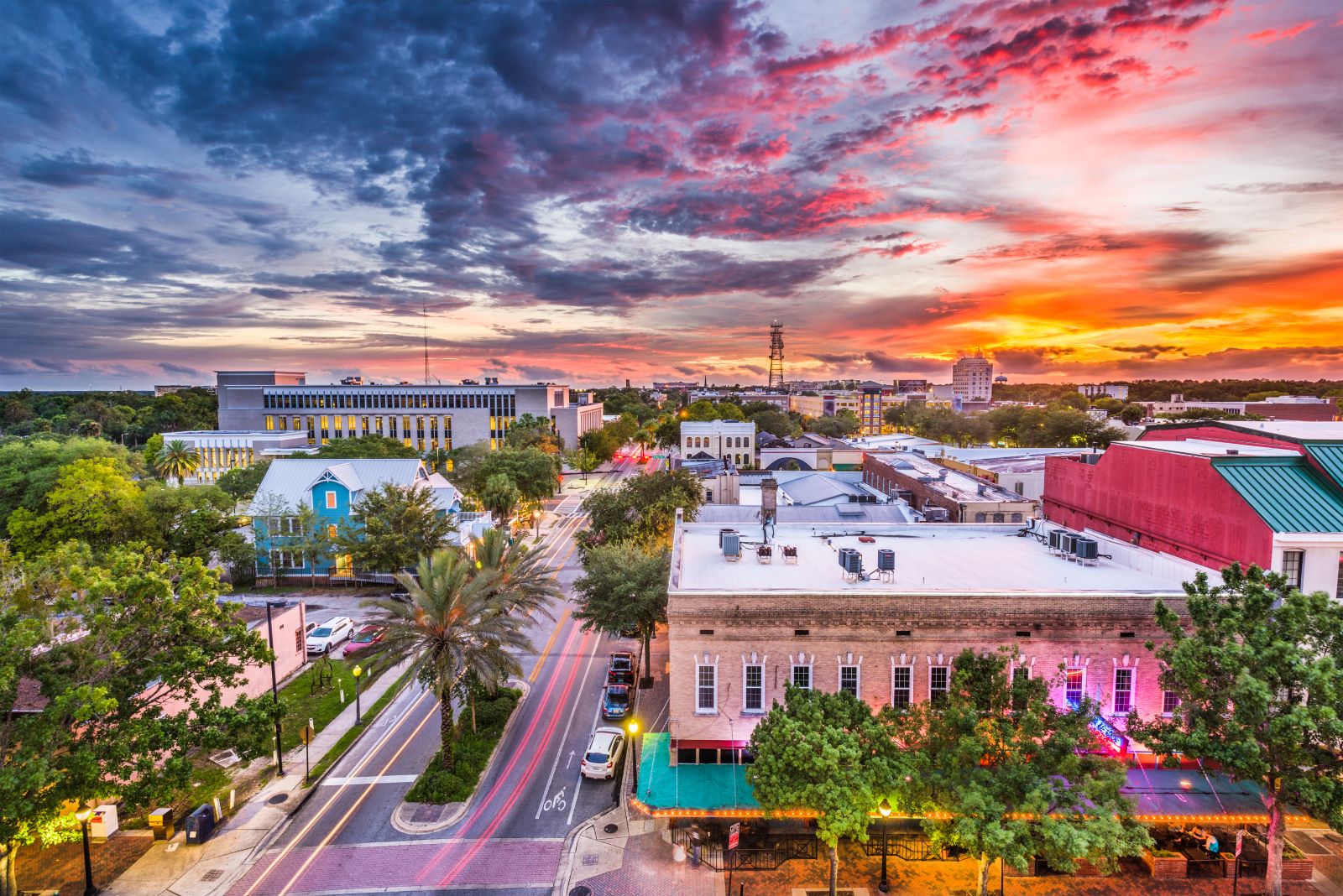
Image Credit: Shutterstock / Sean Pavone
Insurance fraud is a serious issue in certain states, leading to higher premiums for everyone. States like Florida, New York, and New Jersey are notorious for fraudulent claims, particularly staged accidents and inflated medical bills. The National Insurance Crime Bureau estimates that fraud adds about $200 to $300 to every driver’s premium in these high-risk states.
21. Military Presence Can Lead to Lower Premiums

Image Credit: Pexels / RDNE Stock project
In states with a significant military presence, such as Virginia, Texas, and North Carolina, car insurance premiums can be lower due to special discounts for military personnel. Many insurers offer military discounts, which can significantly reduce premiums in states with large military populations.
The Zip Code Trap

Image Credit: Shutterstock / View Apart
Your zip code isn’t just a number—it’s a major factor in determining how much you pay for car insurance. Whether you live in a high-risk area with heavy traffic and crime or a rural state with fewer claims, your location plays a huge role in your premium. Knowing the factors that affect your rate can help you better understand why your insurance costs what it does—and what you might be able to do about it.
Police Magnet: 7 Cars That Guarantee You’ll Get Pulled Over
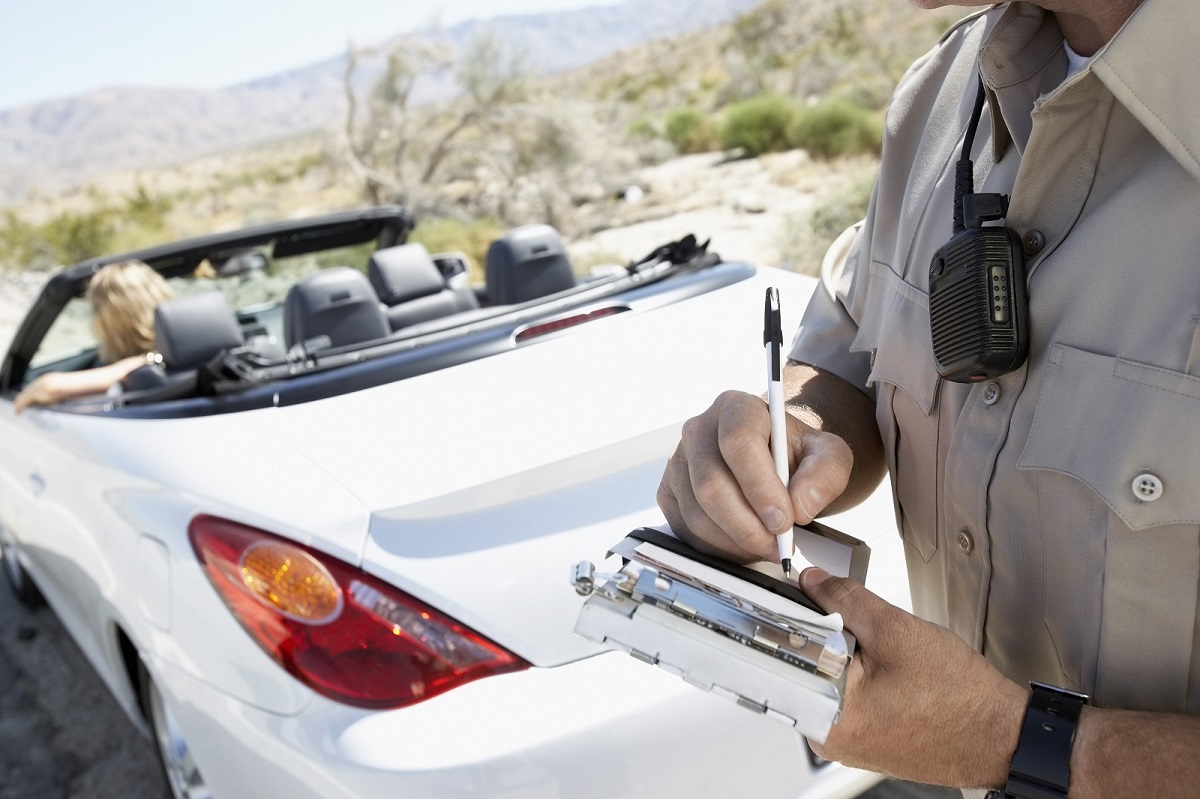
Image Credit: Shutterstock / sirtravelalot
Driving certain cars can make you more noticeable to law enforcement, even if you’re abiding by all the rules. Are you driving one of these “police magnets”? Here are seven cars that seem to attract more police attention than others. Police Magnet: 7 Cars That Guarantee You’ll Get Pulled Over
The Classic Cars That Were Total Clunkers
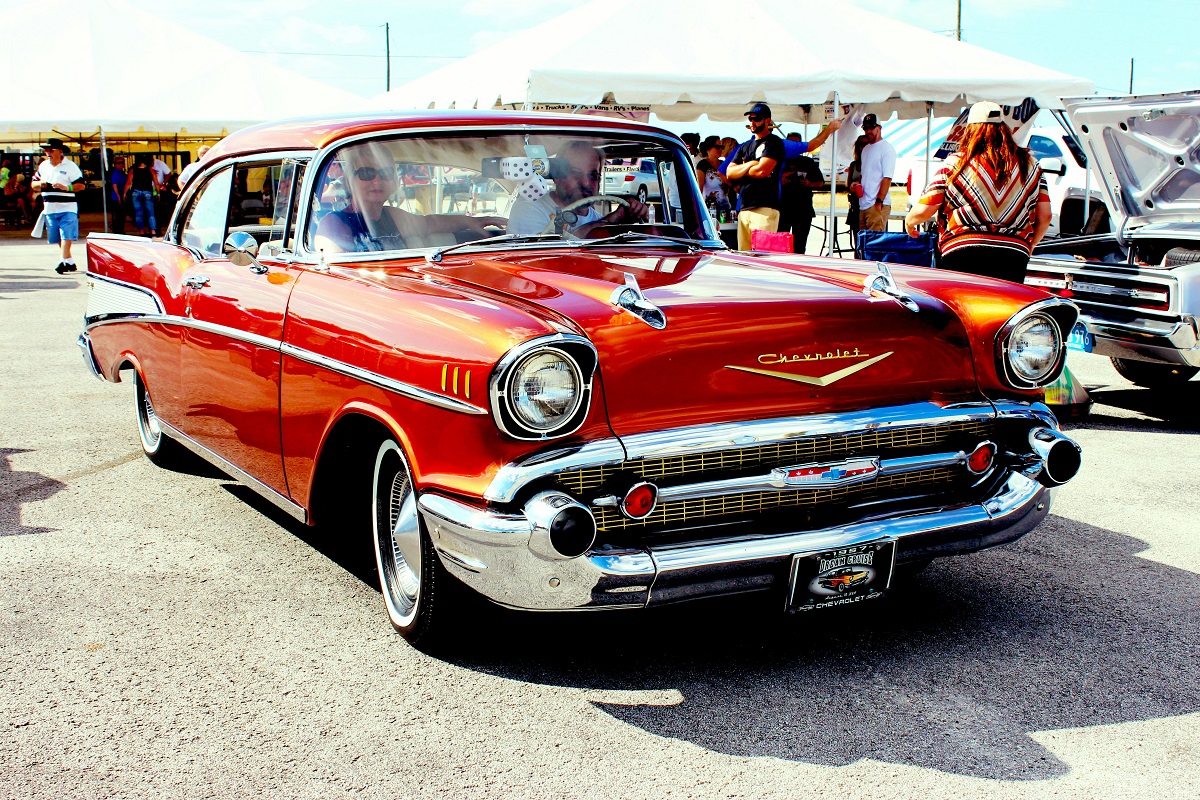
Image Credit: Pexels / Pixabay
Nostalgia has a funny way of making the past seem better than it was, especially when it comes to cars. But here’s the hard truth: some of those “classic” cars your dad raves about were real clunkers. Here’s a closer look at why some of those so-called “classics” weren’t all they were cracked up to be. The Classic Cars That Were Total Clunkers
The Worst U.S. Cars Ever Made: A Retro List

Image Credit: Pexels / Be The Observer
The U.S. auto industry has produced some incredible vehicles, but not every model was a hit. Here’s a look back at 16 of the worst cars ever made in the U.S., each infamous for its own unique flaws. The Worst U.S. Cars Ever Made: A Retro List
Featured Image Credit: Pexels / Life Of Pix.
The content of this article is for informational purposes only and does not constitute or replace professional advice.
The images used are for illustrative purposes only and may not represent the actual people or places mentioned in the article.
For transparency, this content was partly developed with AI assistance and carefully curated by an experienced editor to be informative and ensure accuracy.
